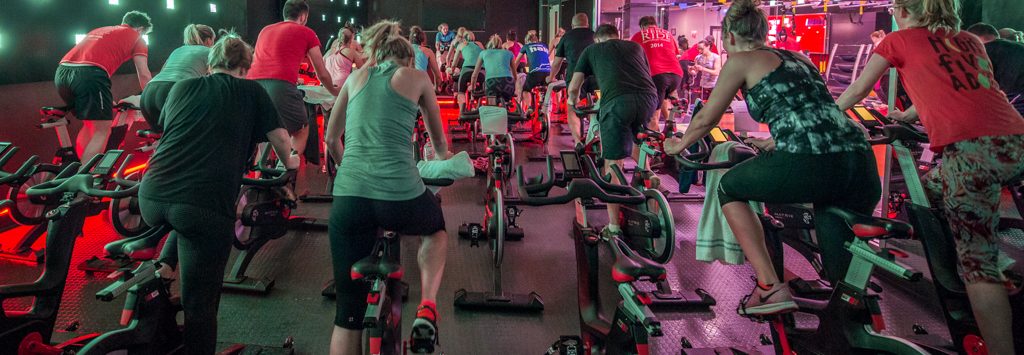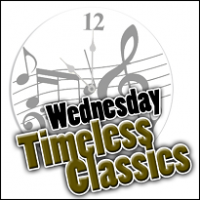Welcome to the Indoor Cycling Association
Masterclass: The Importance of Recovery (Part 2)—Cadence and Music Choices During Recovery
Here is the follow-up to my Facebook Live video on the importance of recovery within your interval-training sessions. This one comes with lots of great add-ons, including a 12-page guide on how to use music and coaching to keep riders engaged during the recoveries. It also comes with three Spotify playlists to help you choose both your high-intensity short interval songs of 1–3 minutes, and short songs that are good for your recoveries. You’ll never be lacking for recovery song options! Read more…
Masterclass: The Importance of Recovery Within a Training Session (Part 1)
How do you counter the mindset of riders who reject recoveries? How do you educate them so that they not only understand the importance of recovery, but they relish it? What intensity should your recovery be at? Is it always that way, or are there exceptions? How do you keep riders engaged during recoveries so they don’t get distracted or bored? I answer all that and more in this informative Facebook Live training session.Read more…
Don’t Judge a Book
Let’s not kid ourselves—we all tend to form judgments about some of the riders in front of us despite our best efforts not to. But, when you take the time to find out the real reasons why someone is in your class and why they do what they do (such as NOT go as hard as you are asking), it can pay off in huge dividends and introduce you to some amazing and inspirational people. Don’t miss this story by Izabela about one of her riders!
Read more…
Mentoring in Indoor Cycling, and in Life
Many of us are indoor cycling instructors because of the opportunity it provides us to make a difference in people’s lives. Being a mentor is a way to multiply that impact, not just more broadly among students but also across time to future generations. Finding a mentor is a way to become a better instructor and perhaps even form a lifelong relationship.Read more…
Theme Ride Thursday: Periodic Elements
Sorry scandium and vanadium..while we looked up every element, we just couldn’t find songs about you and a few of your friends! Read more…
Wednesday Timeless Classics: 1990s Classic Club Hit
This track will have you conjuring up the New York City or London nightclub scene from the 1990s, when it topped the dance charts. It would be on my list of one of the top 20 best indoor cycling tracks of all time.Read more…
Quick Profile: 3-2-1 Intervals…Intensified!
3-2-1 intervals are a great way to gradually step up intensity in a profile. This latest iteration of the 3-2-1 intervals is a true game-changer. It intensifies the entire profile, juggling the position of the number of minutes you spend at each intensity. Hence the name: 3-2-1 Intervals…Intensified!Read more…
Quick Profile: Escape from Egypt: A Passover-Inspired Journey Ride
This journey ride takes us back to ancient Egypt in biblical times. We’ll escape from Egypt, inspired by the Passover story. It’s based on biblical history but may not be historically accurate. During this ride, we’ll build a pyramid in Egypt; ride away from the havoc, chaos, and disasters caused by the 10 plagues; and then cross the Red Sea as it parts, all while being chased by Egyptians.Read more…
RIP, Ranking Roger of The English Beat
The musical world lost Ranking Roger of The English Beat and General Public this week; another terrible loss to cancer. If you’re not in my age group (ahem…) and don’t know the depth of Roger’s repertoire from the 1980s, you might be surprised how many songs are perfect for indoor cycling! Here are my favorites and how I use them.Read more…
My Cycling Class Today: Why Didn’t They Understand My Direction?
In my class this morning I had a moment that gave me pause that I want to share with you. This is a coaching reminder to help you recognize that not everyone hears or understands what you tell them—even if you say it a LOT—and my suggestions for resolutions. Read more…











